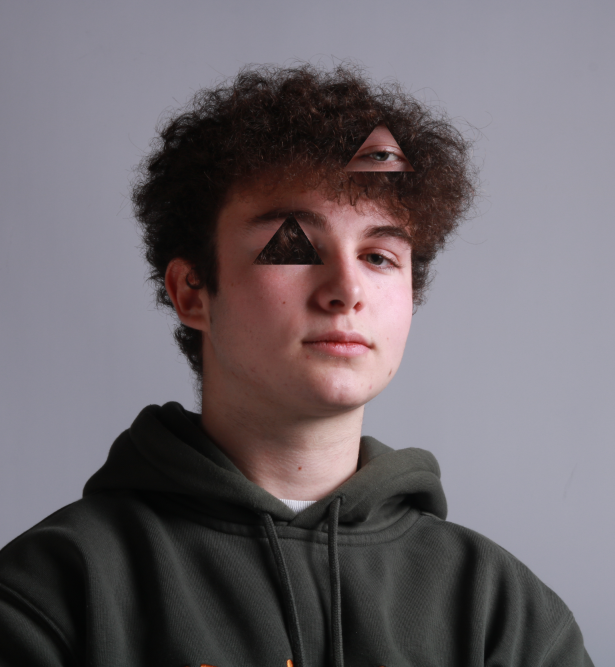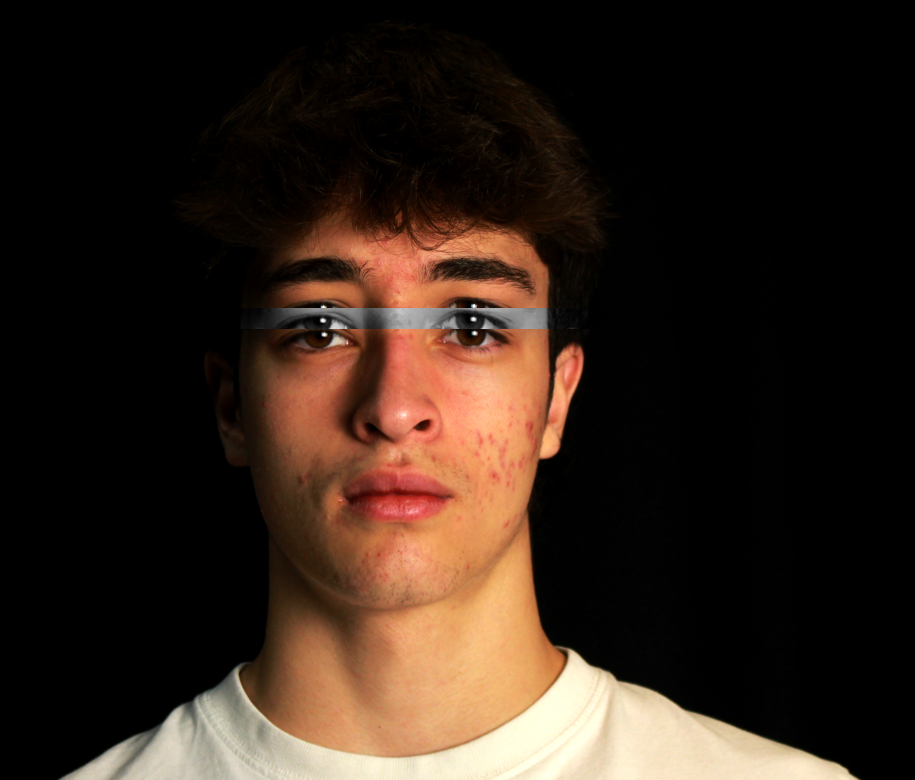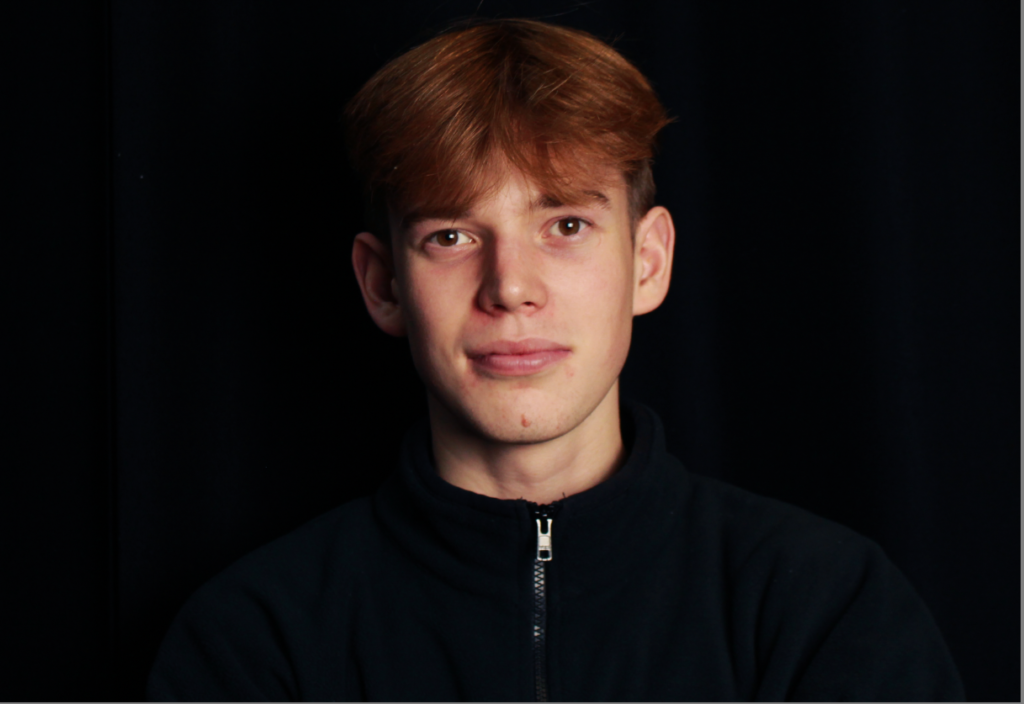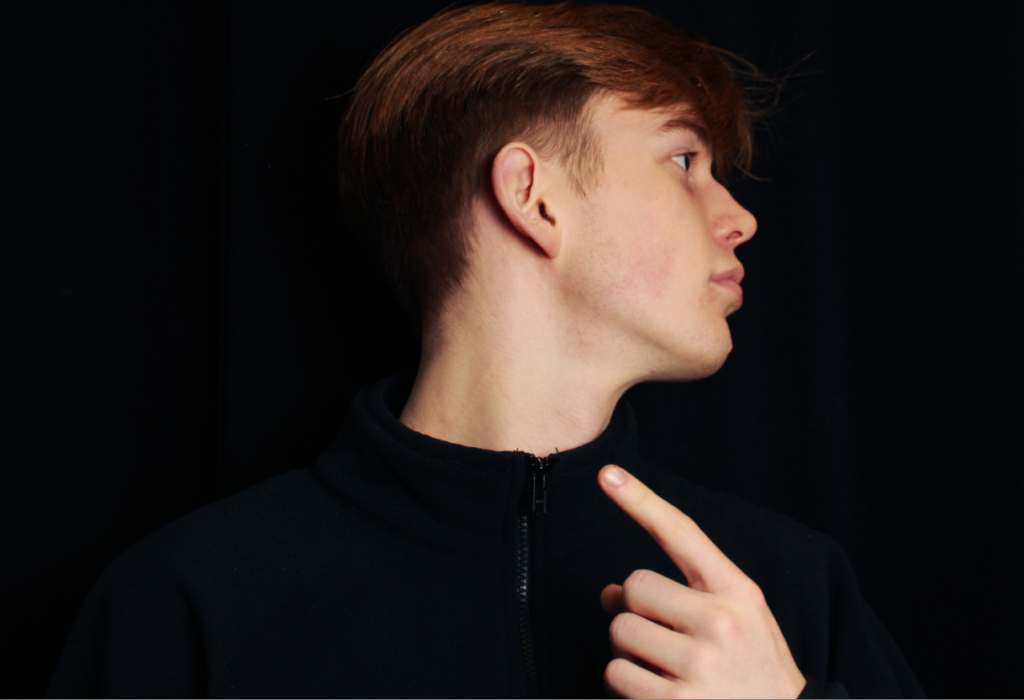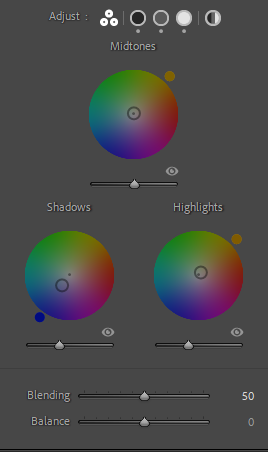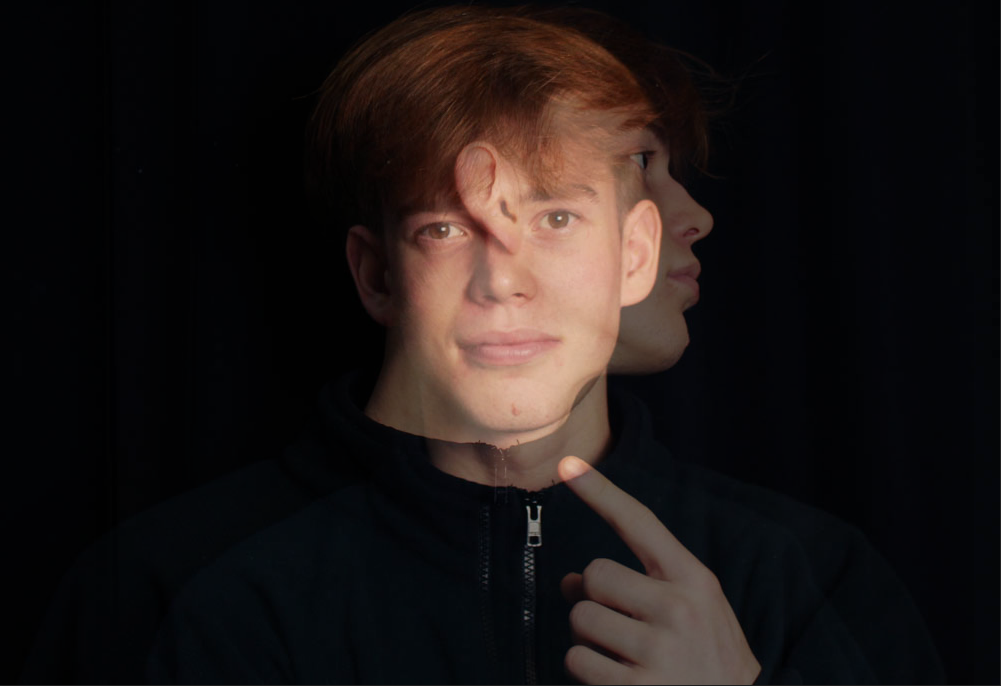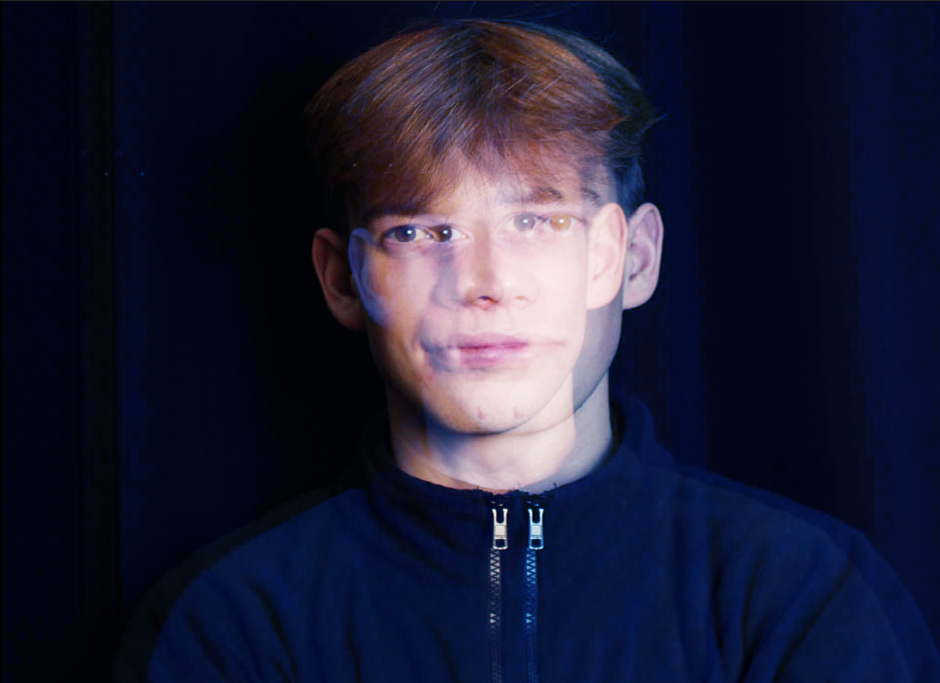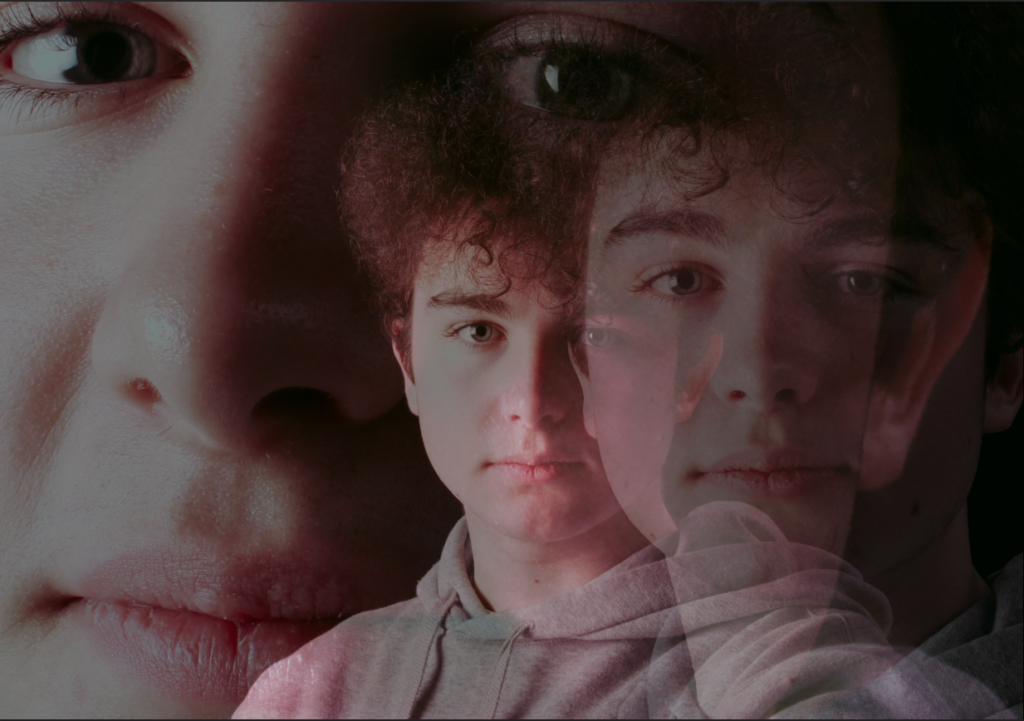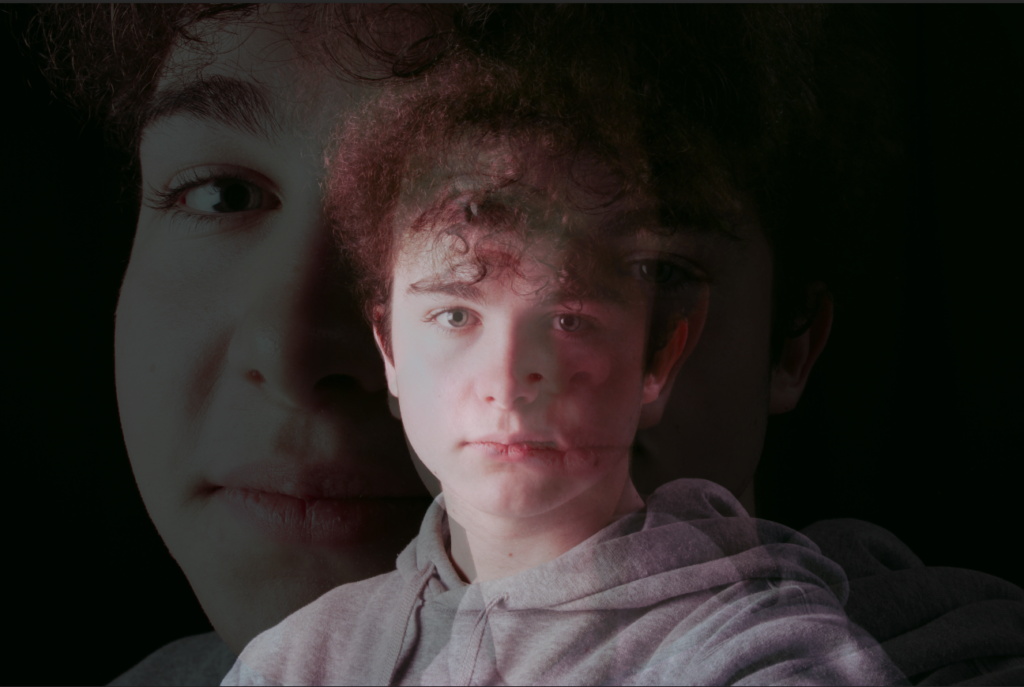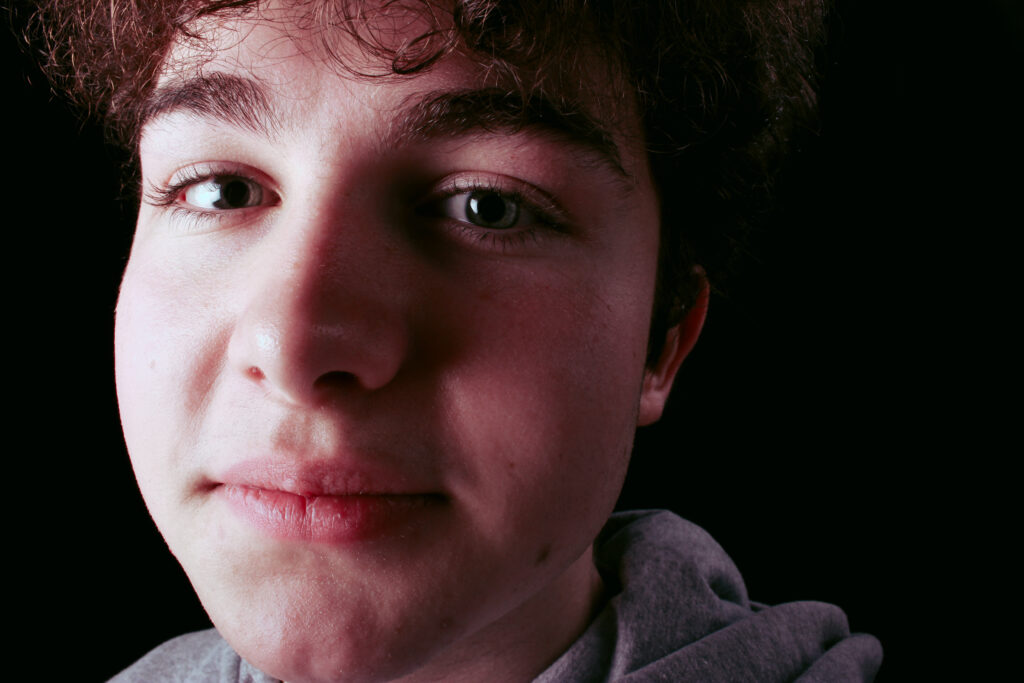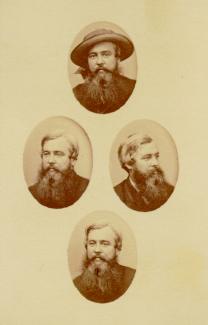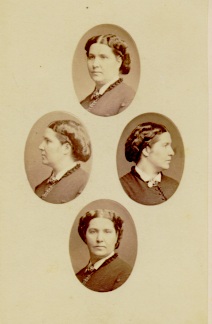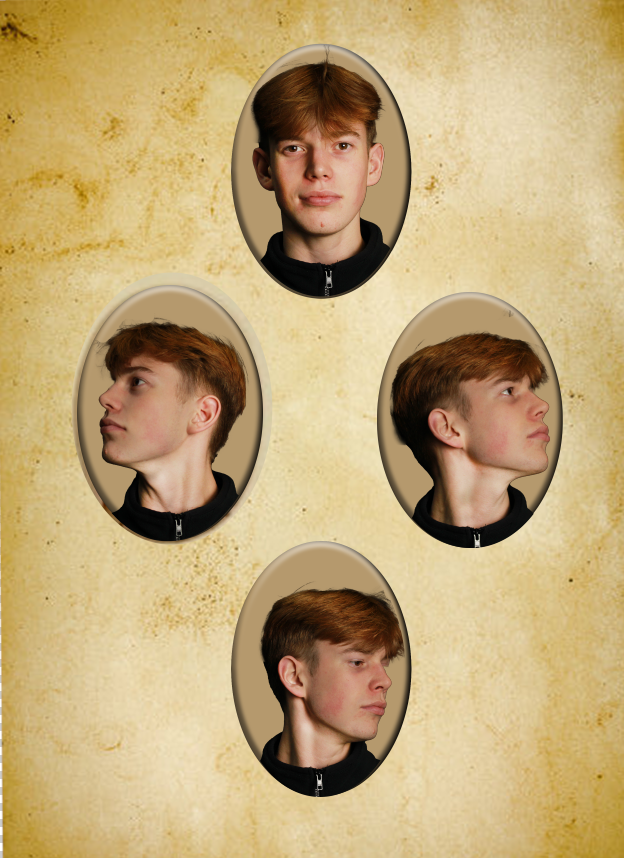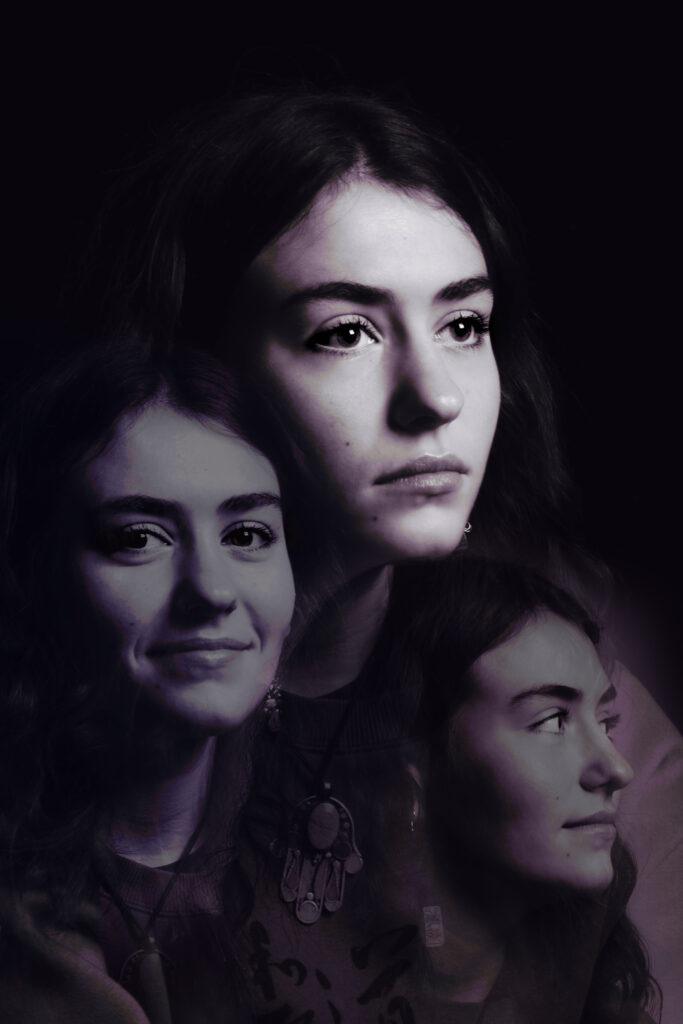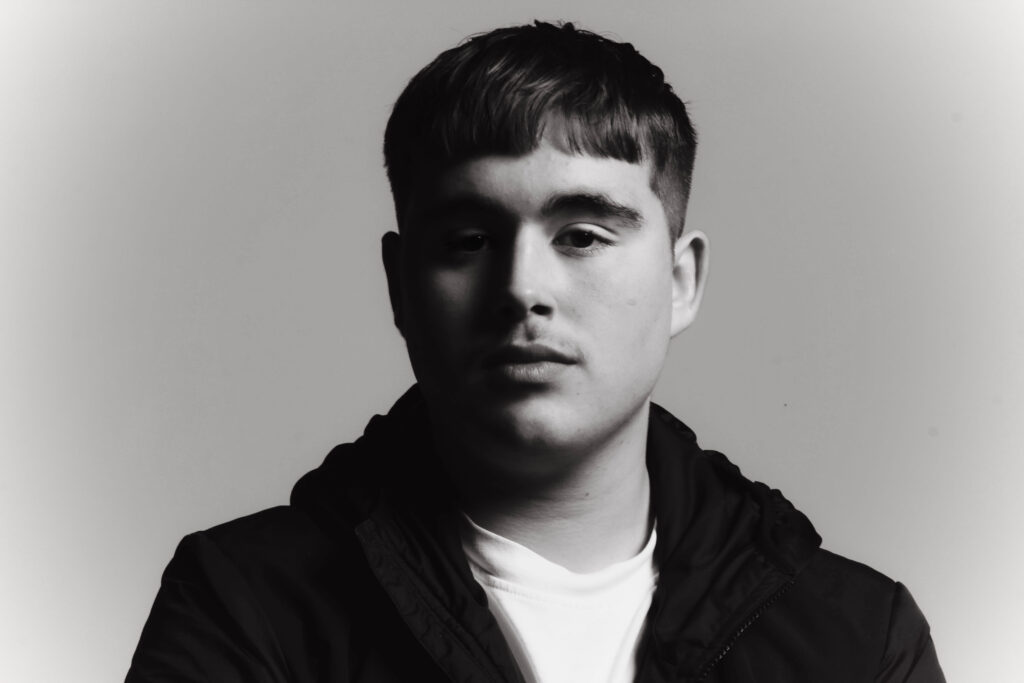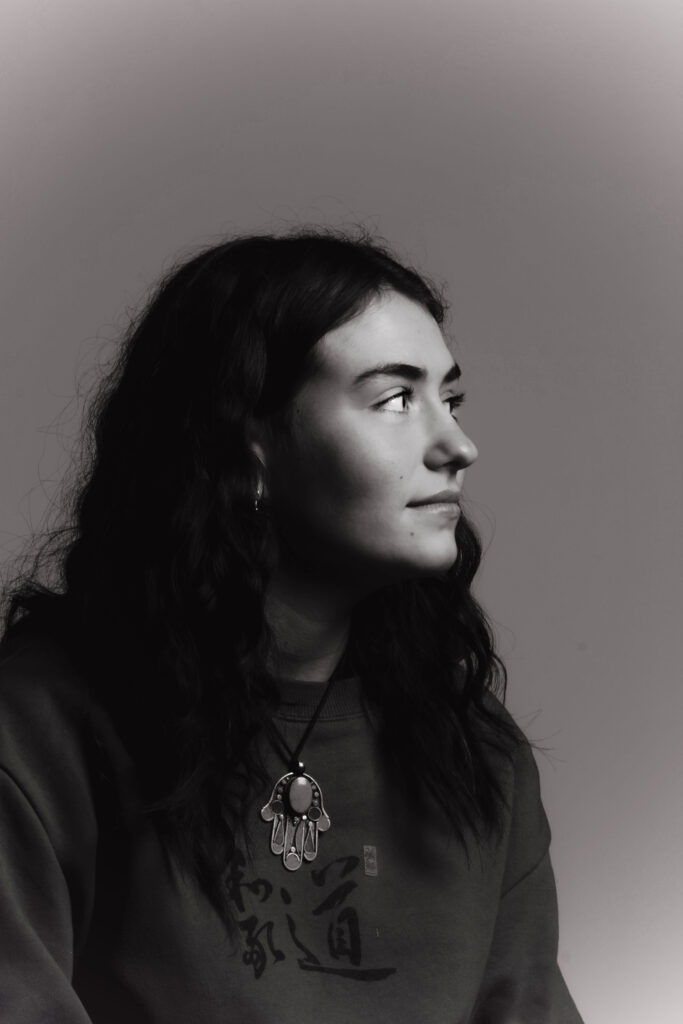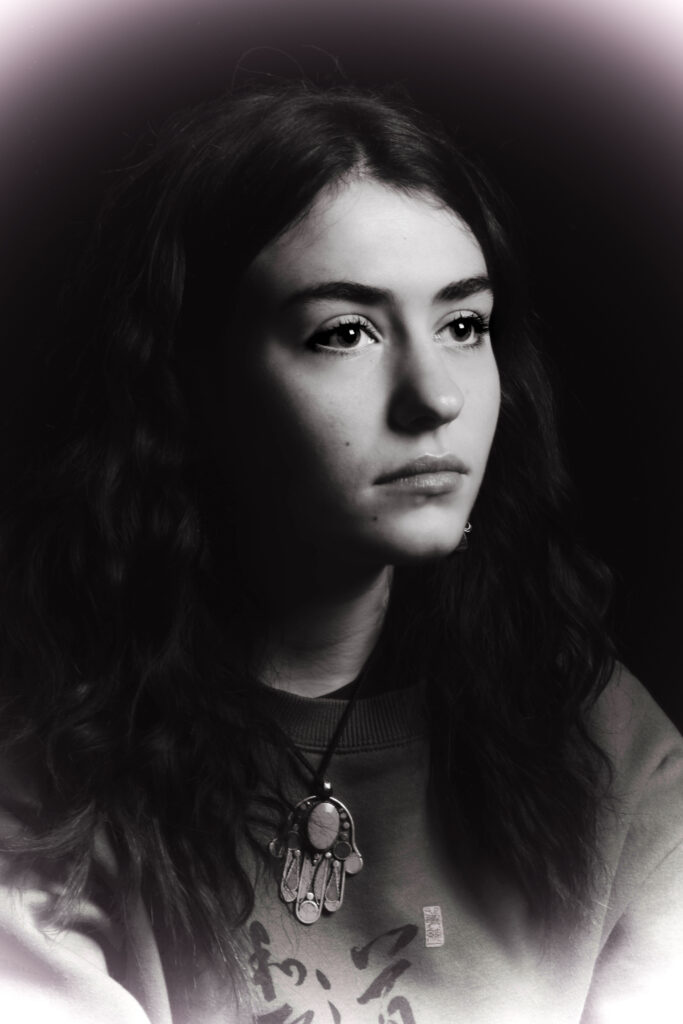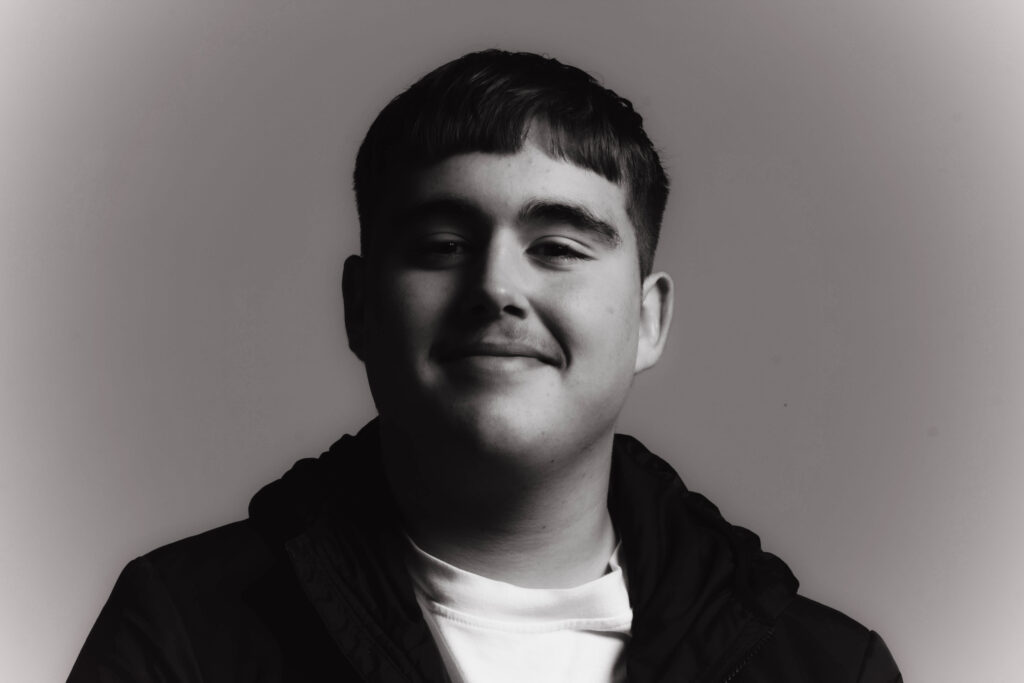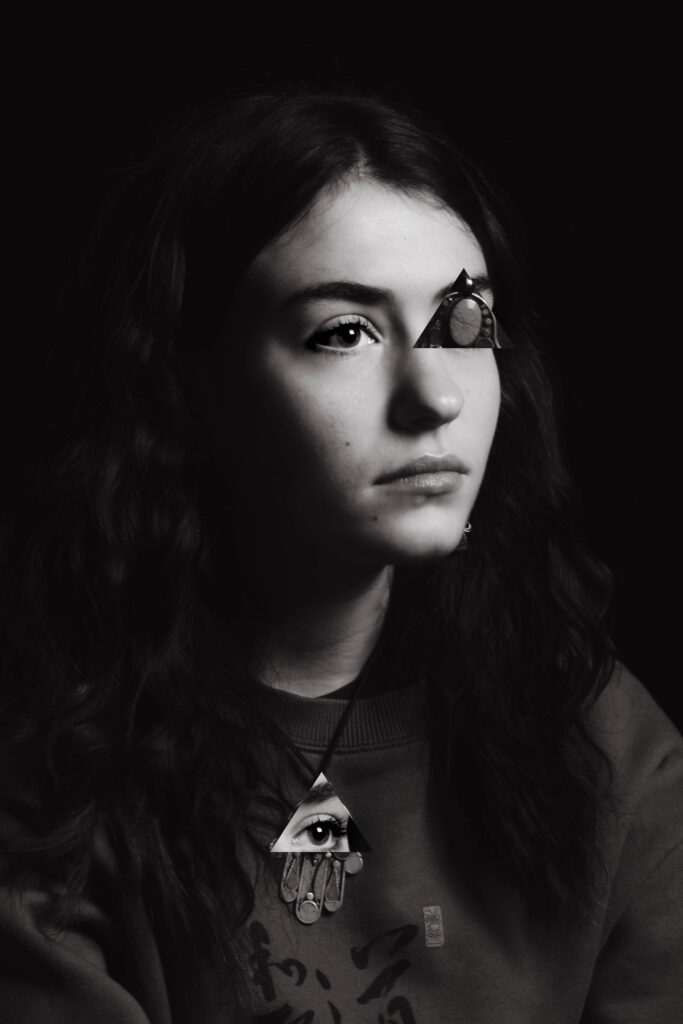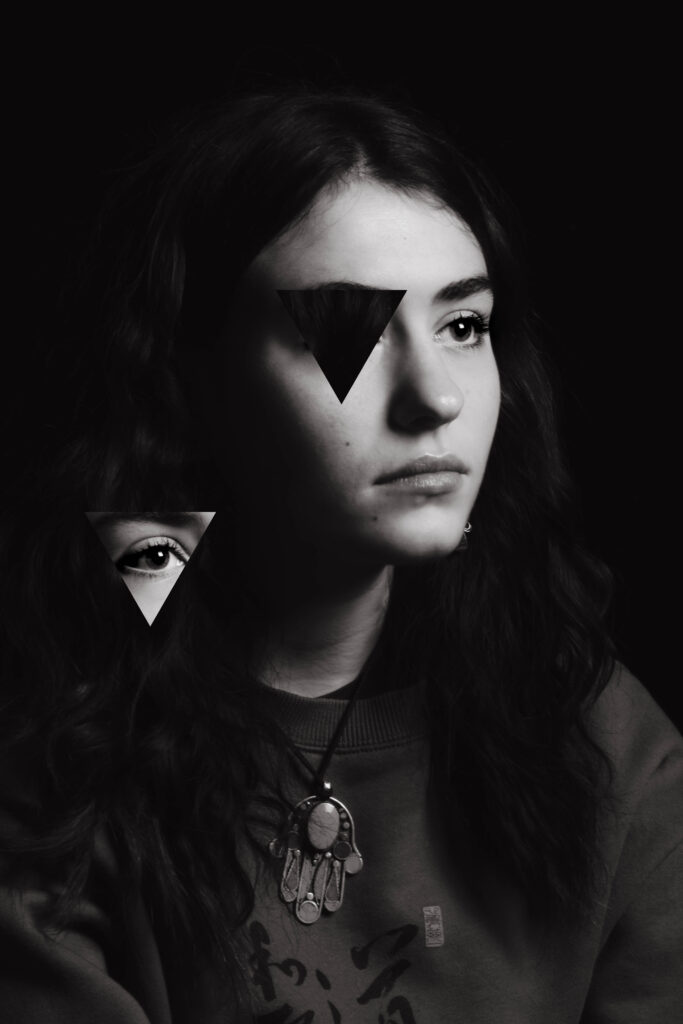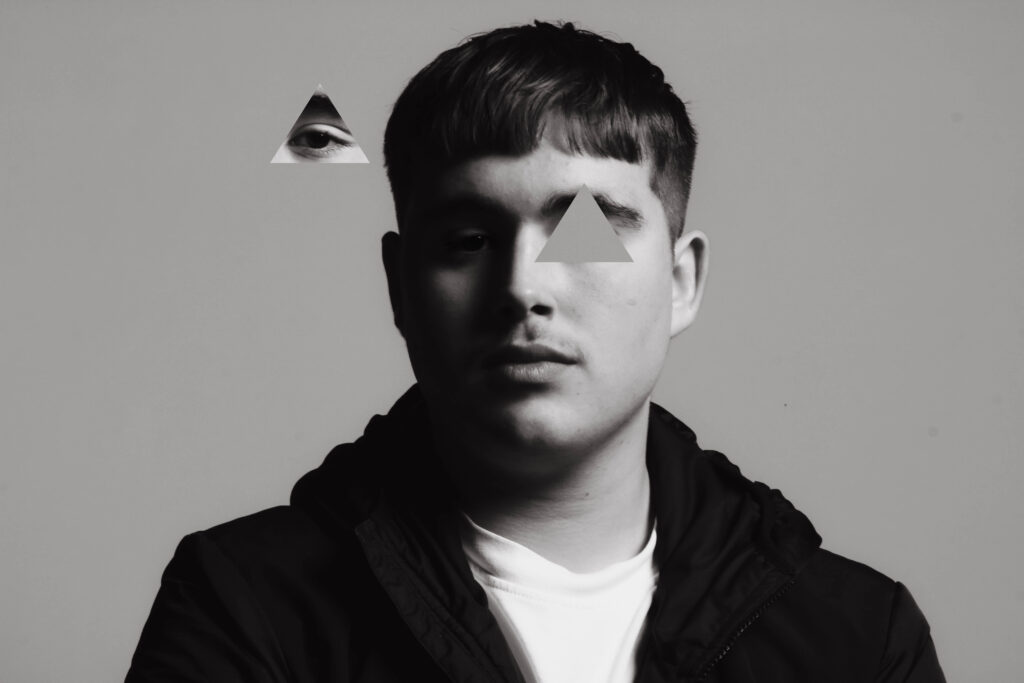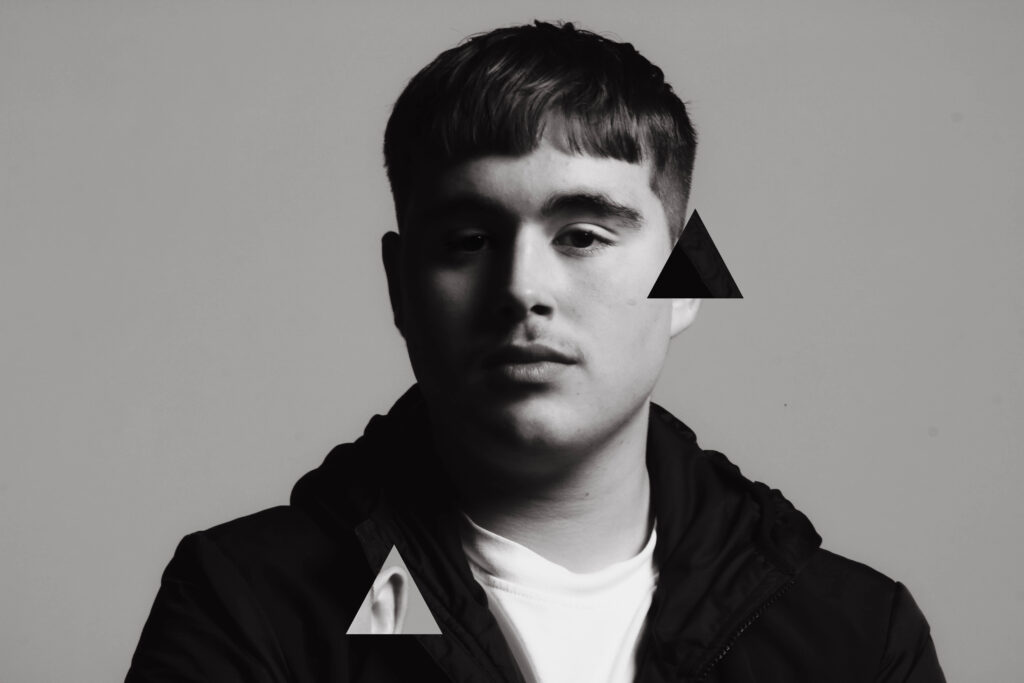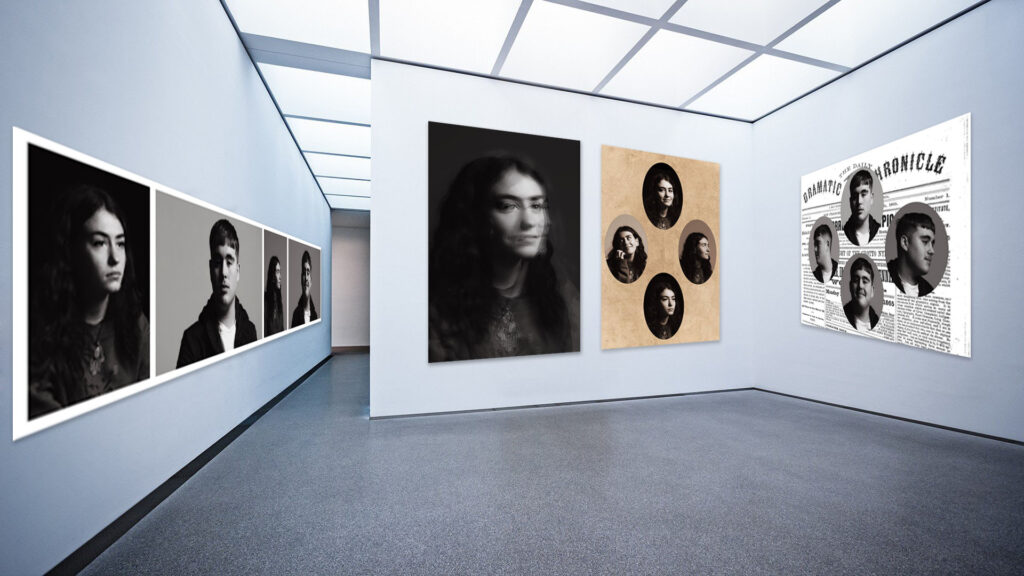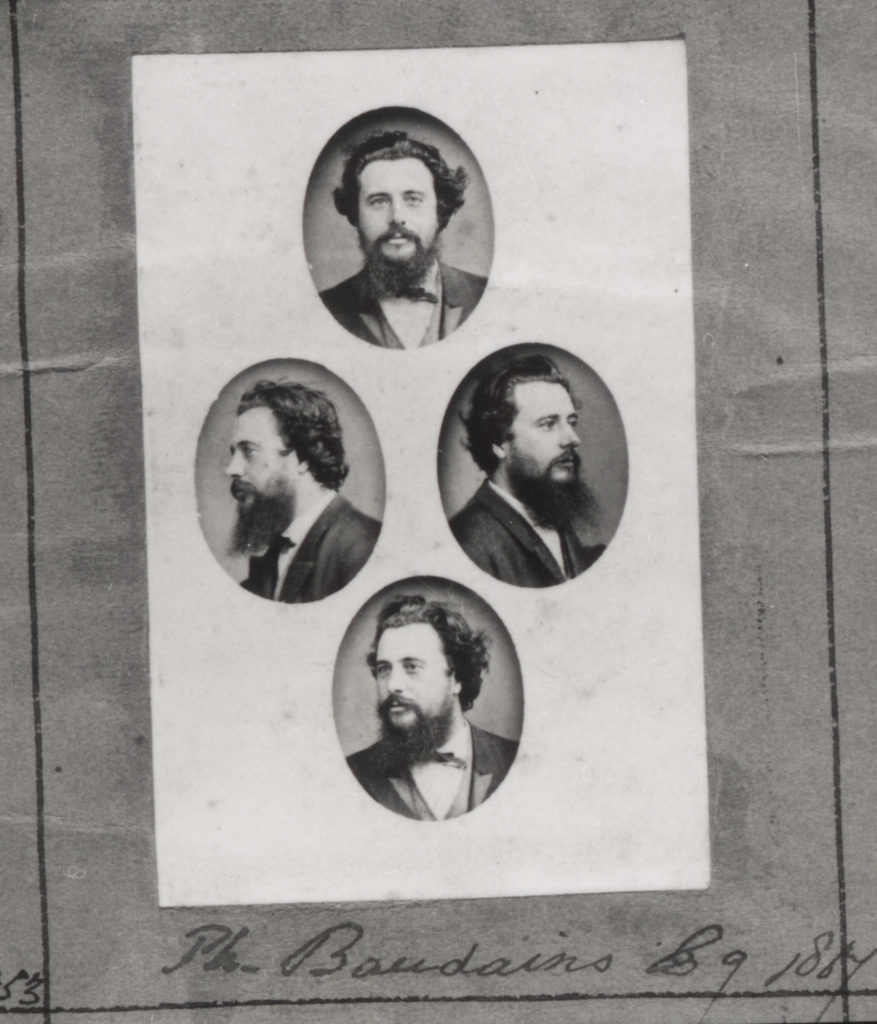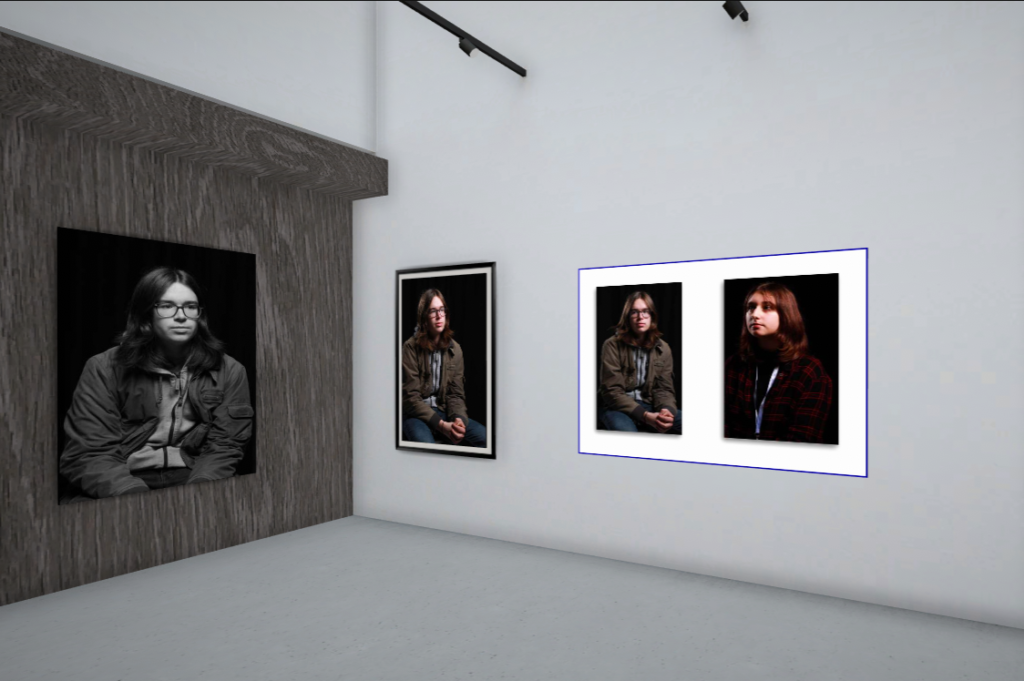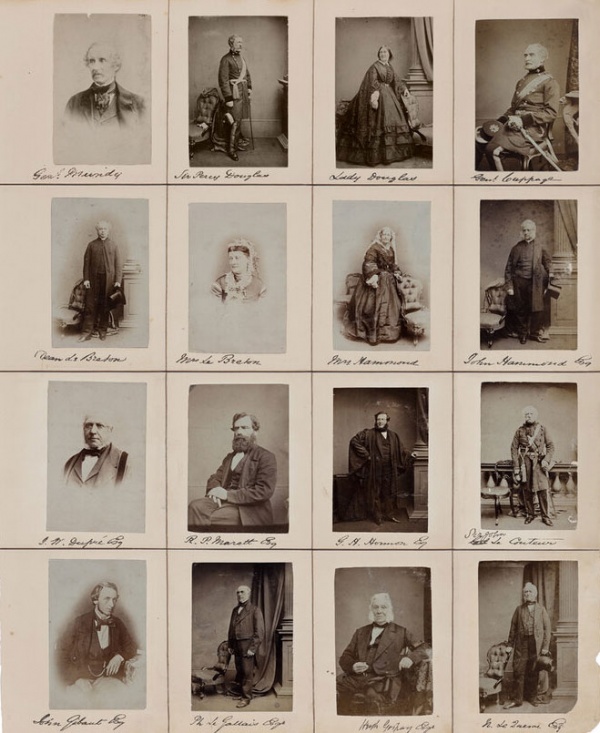Identity politics is a type of politics that is based in a certain identity. Things like nationality, race, religion, gender, social background, sexual orientation, social class and so much more.
Identity politics can be quiet damaging to the younger half of society as it puts pressure on those individuals to express something they do not need to express just because they want to ‘fit in’.
There are some positive effects of Identity politics which are things like, society can feel more free to express themselves as there is a more excepting community and they can also feel free to identify themselves as who they want to be, wherever they are and not be judges for it. However there is some bad effect in identity politics. As said above, it pressures young individuals to express things that they don’t even properly know themselves which causes them to feel isolated because they can’t express themselves or don’t know how to or even don’t need to express themselves.
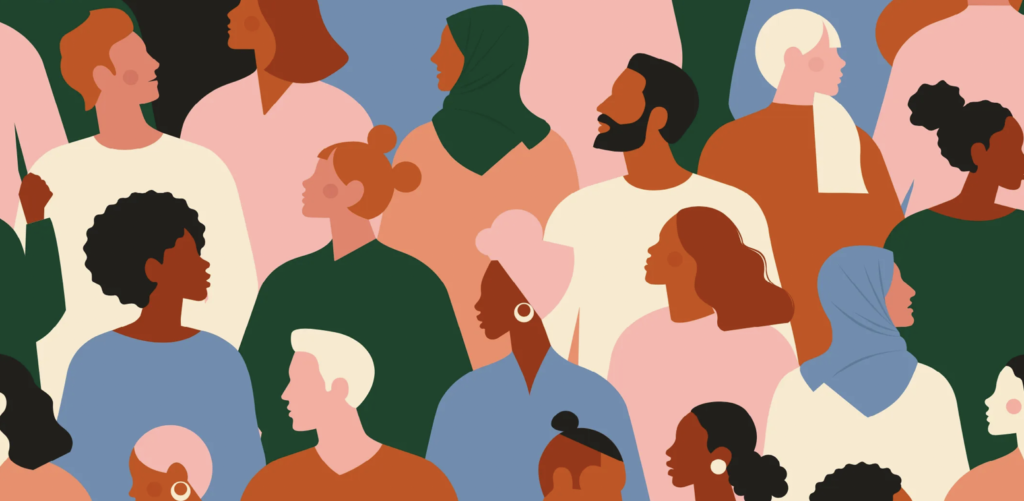
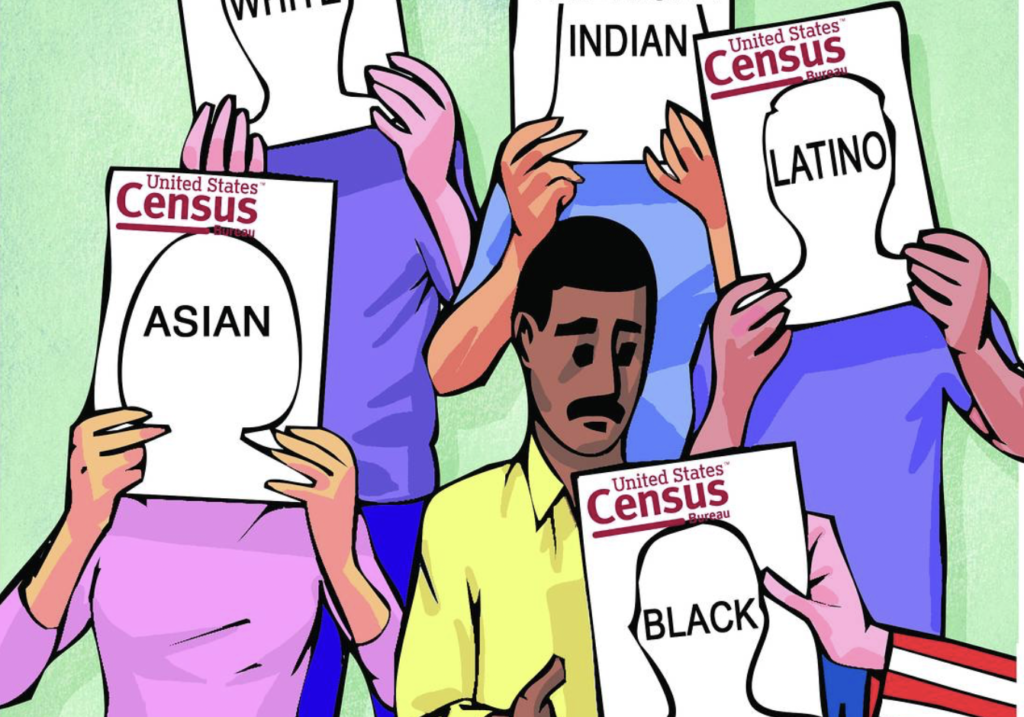
A culture war is a cultural conflict between different types of social groups that illustrate their struggles, beliefs and their want for dominance towards individuals.
Cultural wars can significantly effect society as a whole because it can influence a wrong set of individuals and therefore cause chaos. Cultural wars can cause distrust within a society which encourages people to cluster in their cultural groups.
There is some positive effects of cultural wars because it enables a set of individuals to express the same views and feel heard and appreciated. People who cluster in these cultural groups can relate to each other and set order to things that need to be said and done. However a negative effect to cultural wars is that there is constant conflict and things can get quite serious, even deadly.

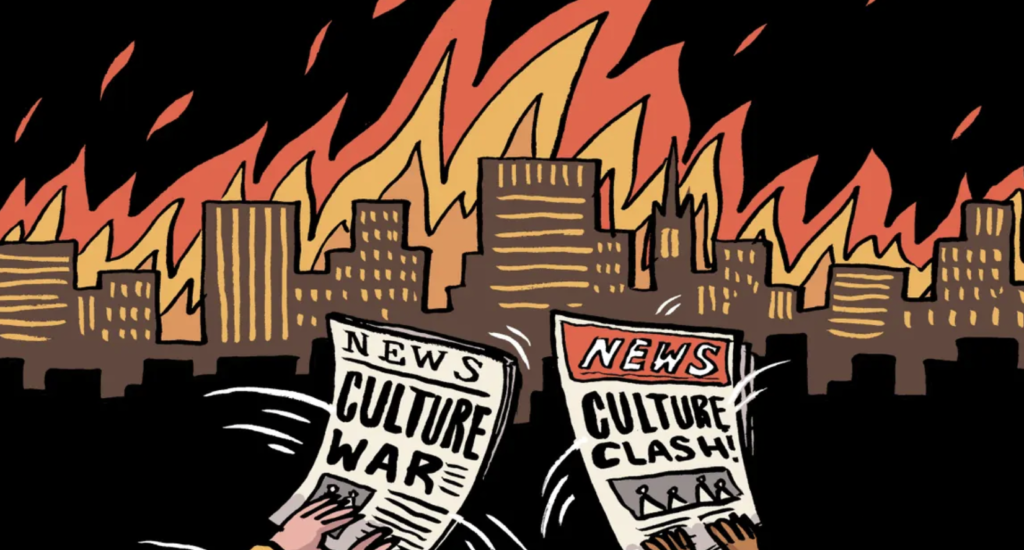
An example of identity politics and culture wars are,
Global:

The Black Lives Matter movement:
Black Lives Matter or more known as BLM is a activist political and social movement that urges to highlight racism, racial inequality towards black people, discrimination, and it promotes anti-racism. The primary concerns in this movement are incidents of police brutality and racially motivated violence against black people.
It’s something that is know globally and still continues to power through, calling out anyone who’s against the whole purpose of the movement and especially making sure that those who purposefully commit such acts towards black people are to be called out.
This example is an example of political identity and culture wars globally.
Local perspective:
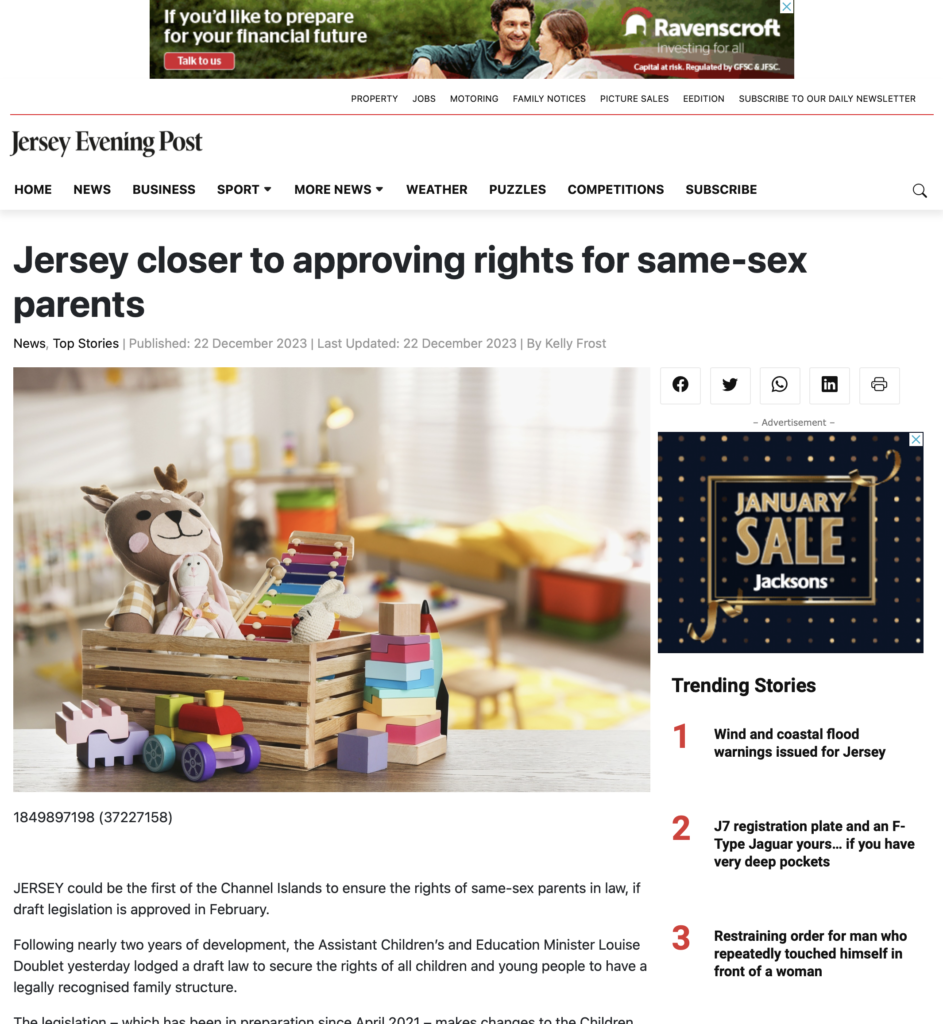
Something that happened locally recently was the discussion to wether same-sex marriages would be legalised. After 2 years of development and discussion, jersey is closer to legalising same-sex marriage.
The new law will encourage people to stop discrimination against same-sex as same-sex marriage will equally have the rights as an heterosexual married couple. The fact that it took 2 years for it to be nearly approved may imply that there was some type of conflict toward the whole development.
This is an example of identity politics and culture wars locally.
References:
https://blacklivesmatter.com/about/
https://www.loc.gov/item/lcwaN0016241/

